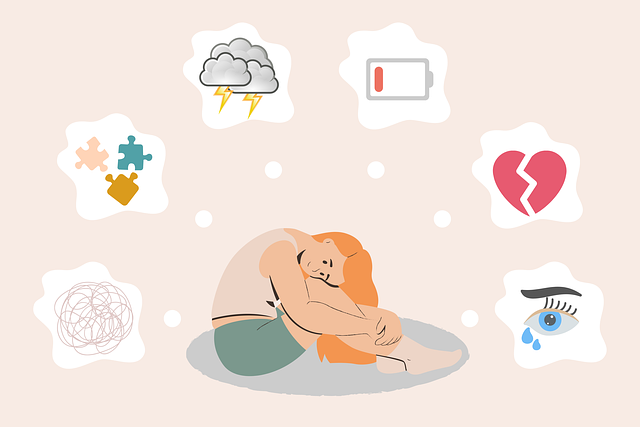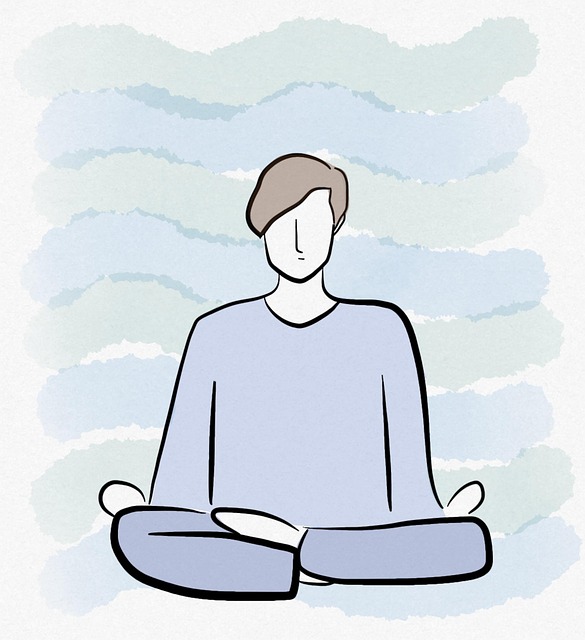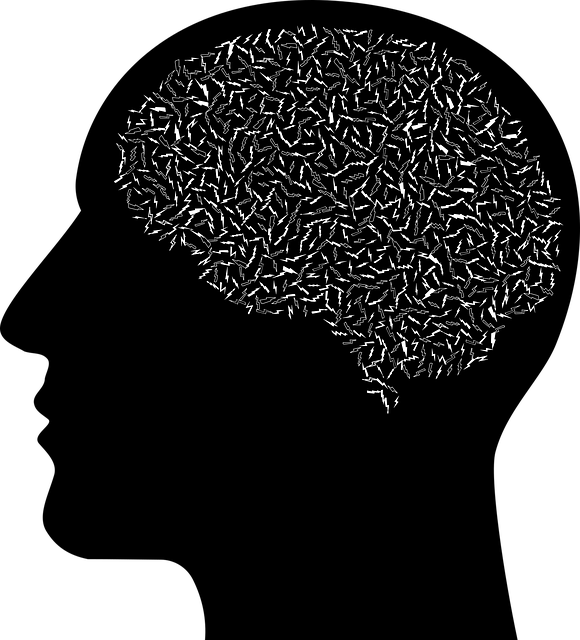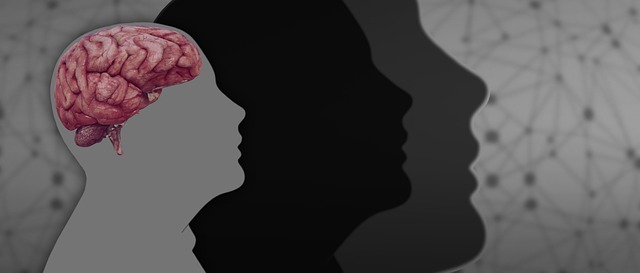Mindfulness meditation emerges as a potent therapy for Centennial Functional Neurological Disorder (CFND), addressing cognitive, motor, and sensory processing challenges through present-moment awareness. Creating a dedicated home meditation space, practicing regularly, and dispelling misconceptions unlock mindfulness's power for CFND management, stress reduction, self-acceptance, emotional resilience, and improved quality of life. Public awareness campaigns can normalize mindfulness as an effective CFND therapy tool.
Discover the transformative power of mindfulness meditation for managing Centennial Functional Neurological Disorder (CFND) symptoms. This comprehensive guide explores how mindfulness can be a powerful tool in your therapy journey. Learn about the benefits, from stress reduction to improved focus and emotional regulation. We’ll provide practical steps to set up a home practice, offer strategies to overcome common challenges, and share tips for seamlessly integrating mindfulness into daily life for optimal healing and well-being.
- Understanding Mindfulness Meditation for Centennial Functional Neurological Disorder Therapy
- Setting Up a Successful Mindfulness Practice at Home
- Overcoming Common Challenges and Misconceptions in Mindfulness Meditation
- Integrating Mindfulness into Daily Life for Optimal Healing and Well-being
Understanding Mindfulness Meditation for Centennial Functional Neurological Disorder Therapy

Mindfulness meditation has emerged as a powerful tool for managing and even reversing the effects of Centennial Functional Neurological Disorder (CFND). CFND is characterized by challenges in cognitive functions, motor skills, and sensory processing, often leading to significant impairments in daily life. By focusing on the present moment and cultivating non-judgmental awareness, mindfulness meditation offers a unique approach to crisis intervention guidance for individuals with CFND. This practice helps them navigate through their symptoms, improving focus, reducing anxiety, and enhancing overall mental wellness.
Integrating mindfulness into therapy goes beyond mere relaxation. It empowers individuals with strategies to cope with the neurological complexities of CFND. For instance, Mental Wellness Journaling Exercise Guidance can complement meditation practices, encouraging individuals to reflect on their experiences and track progress. Furthermore, Public Awareness Campaigns Development around mindfulness and CFND can foster understanding, reduce stigma, and encourage early intervention, ultimately enhancing the quality of life for those affected by this disorder.
Setting Up a Successful Mindfulness Practice at Home

Creating a dedicated space for mindfulness meditation at home is a powerful step towards enhancing your mental well-being and managing conditions like Centennial Functional Neurological Disorder (CFND). Start by designating a quiet area, free from distractions, where you can comfortably sit or lie down. Ensure this space is personalized; perhaps add some calming decorations, soft lighting, or a comfortable cushion or chair to suit your preferences. This dedicated zone will serve as your sanctuary for mindfulness practices, allowing you to fully immerse yourself in the present moment.
Regularity is key when establishing a successful home practice. Consider setting aside just 10-15 minutes each day for meditation. Start with simple techniques like focused breathing exercises or body scans. Over time, explore various mindfulness meditations to discover what resonates most with you. Remember, consistency is more valuable than lengthy sessions, especially in the initial stages. With dedication and practice, your home mindfulness routine can become an integral part of your daily life, fostering emotional regulation and facilitating the emotional healing processes essential for CFND management.
Overcoming Common Challenges and Misconceptions in Mindfulness Meditation

Many individuals approach mindfulness meditation with excitement but encounter challenges that hinder their practice. A common misconception is that it requires immense stillness and silence, which can be intimidating for beginners. In reality, mindfulness can be practiced anywhere and doesn’t necessitate a quiet environment. It’s about observing your thoughts and sensations without judgment in the present moment, whether you’re walking to work or sitting in a bustling coffee shop.
Another challenge often faced is the comparison of one’s experience to others’. Mindfulness isn’t about achieving a certain state of calm; it’s a process tailored to each individual. For those dealing with conditions like Centennial Functional Neurological Disorder (CFND), trauma, or low self-esteem, mindfulness can be a powerful tool. It offers a gentle way to navigate stress reduction methods, promote self-acceptance, and even provide trauma support services. By embracing the unique journey of mindfulness meditation, one can unlock its benefits for improved mental health and overall well-being.
Integrating Mindfulness into Daily Life for Optimal Healing and Well-being

Integrating mindfulness into daily routines can significantly enhance healing and overall well-being, especially for individuals managing conditions like Centennial Functional Neurological Disorder (CFND). Beyond structured meditation sessions, mindfulness practices offer a way to cultivate present-moment awareness throughout the day. Simple techniques such as mindful breathing, where one focuses on the sensation of each breath, can be practiced anywhere, helping to reduce stress and improve mental clarity.
Compassion cultivation practices, like metta meditation, encourage self-care and positive emotions, which are essential for managing chronic conditions. Engaging in regular mindfulness exercises not only promotes emotional resilience but also fosters a sense of connection with oneself and others. Public Awareness Campaigns Development can play a vital role in introducing these practices to a wider audience, normalizing mindfulness as a tool for enhancing mental and physical health.
Mindfulness meditation, as a component of Centennial Functional Neurological Disorder (CFND) therapy, offers a powerful tool for healing and well-being. By integrating regular practice at home and overcoming common challenges, individuals can harness the benefits of mindfulness to navigate their CFND journey. This article has provided practical guidance on setting up a successful mindfulness routine, understanding its foundational concepts, and utilizing it in daily life. Remember that consistent effort and patience are key to reaping the full potential of mindfulness meditation for optimal healing and improved quality of life.














